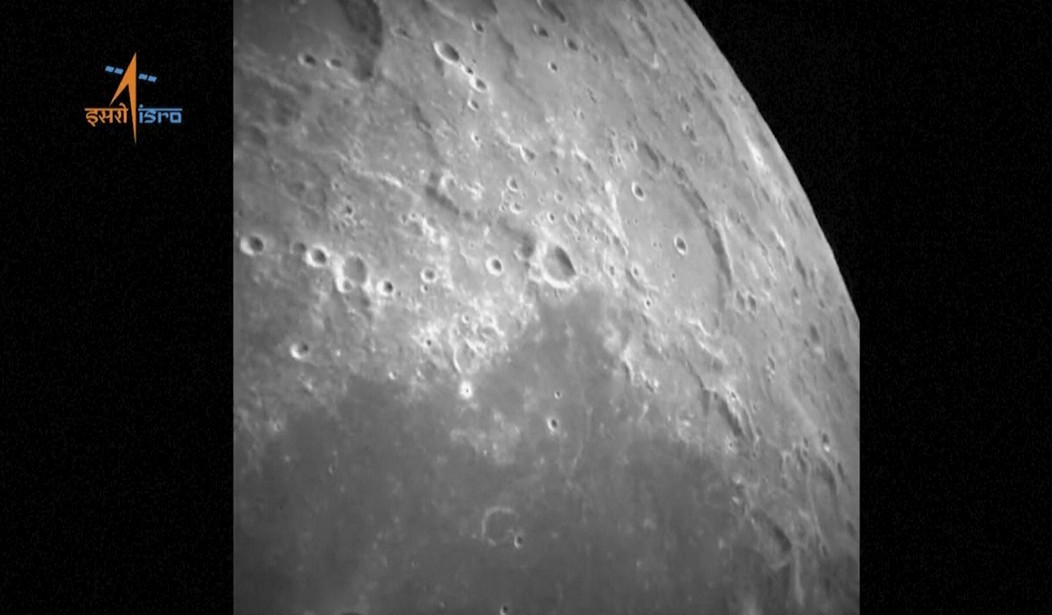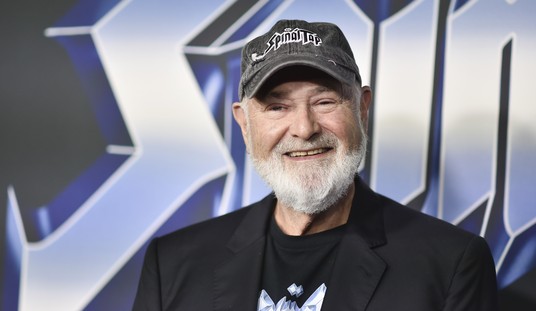It's hard to send a human into space. The number of things that can go wrong resulting in a catastrophic failure is too big to count. It's an enormously complex undertaking with hundreds of contractors and tens of thousands of workers all striving to achieve the seemingly impossible goal of sending people into space and getting them back safely.
Is it a gigantic waste of money and resources? Many would say yes. Robots could do the same job as people and do it for about a third of the cost. There's even an argument that putting robots into space is a waste.
I have no logical answer for that. Understanding the universe is so basic to our human drive to know things that it's impossible to imagine not going into space to explore. It's part of who we are.
We sent people to the moon at the very first instant in the history of humanity that it was technologically feasible to do so. Many of the electronics, the metals, and the materials that were used in the Apollo program had not been invented when President John F. Kennedy told Congress we would try to put a man on the moon before the 1960s was over and return him home safely.
NASA wants to go back to the moon. We have unfinished business there, including the construction of a base from which future missions to the solar system will be launched. But first, the moon. NASA has scheduled the Artemis spacecraft to land on the moon sometime in 2024.
Presently, NASA is falling behind schedule, just like they fell behind schedule to build a replacement for the space shuttle that would ferry astronauts to the International Space Station. Eventually, Elon Musk solved that problem for them. But Musk is involved in a far more spectacular venture. He's trying to build the most powerful rocket in existence, the Starship rocket, which will take us back to the moon.
If he can ever keep the darn thing from blowing up.
On November 18, Musk launched a Starlink that climbed 90 miles into the sky. This was truly amazing except that it blew up at about 91 miles.
“Congrats to the teams who made progress on today’s flight test,” NASA Administrator Bill Nelson said after a failed test mission on November 18. “Spaceflight is a bold adventure demanding a can-do spirit and daring innovation. Today’s test is an opportunity to learn—then fly again. Together NASA and SpaceX will return humanity to the Moon, Mars & beyond.”
The General Accounting Office (GAO) issued a report that threw cold water on NASA's 2024 timetable.
“The complexity of human spaceflight suggests that it is unrealistic to expect the program to complete development more than a year faster than the average for NASA major projects, the majority of which are not human spaceflight projects,” authors of the GAO report stated. “GAO found that if development took as long as the average for NASA major projects, the Artemis III mission would likely occur in early 2027.”
It's tempting to say that NASA has lost its way, that the old NASA would already be back on the moon, and that the old NASA never made mistakes. But the difference between the old NASA and new NASA is money. The old NASA had a nearly unlimited budget after Kennedy framed Apollo as a Cold War exercise to prove American technological superiority.
The space shuttle, a more recent project, was more than a decade behind schedule when it finally launched in 1981. Unmanned robots to Mars, Jupiter, Saturn, and Pluto were also way over budget and delayed for years. The James Webb Space Telescope, the most remarkable scientific instrument ever built, was expected to cost $1 billion. It ended up with a price tag of 10 times that amount. Originally scheduled to be deployed in 2010, it made it into space in late 2021, 17 years after the first funds were appropriated by Congress.
Could NASA be doing a better job? No doubt, yes. Mistakes will be made when the project is stupefyingly complex. But it's hard to argue with the astonishing success that these projects have had. The contributions to our understanding of the universe have been incredible. We've learned more about what's out there in the last two decades than we did in the previous 500 years.
We'll get back to the moon. It's not going to be cheap. And we're likely to lose some astronauts in the attempt. But go we must.










